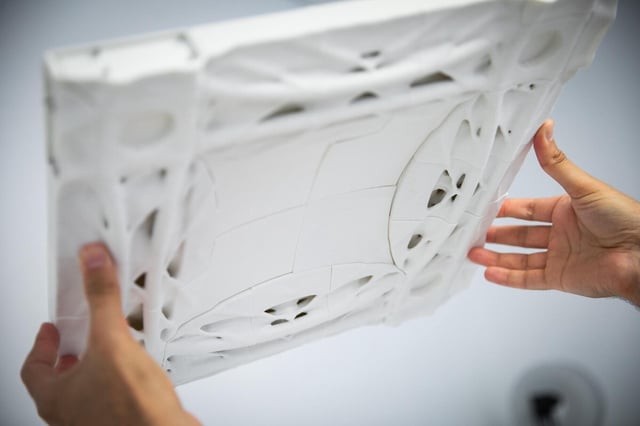Overview
- A University of Pennsylvania team has developed a 3D-printed mix that combines diatomaceous earth with TPMS geometries to cut cement use by two-thirds and boost CO₂ uptake by up to 142% while retaining 90% of compressive strength.
- Lab prototypes using triply periodic minimal surface designs reduced material volume by 68% and increased surface-area-to-volume ratios by over 500%, enabling a 30% rise in carbon conversion through geometry optimization.
- Researchers are now scaling the technology to full-scale floors, facades and load-bearing panels with embedded reinforcement schemes to test buildability at architectural scales.
- The concrete’s high porosity and ecological compatibility make it a candidate for marine restoration applications like artificial reefs, oyster beds and coral platforms that sequester carbon and support habitat growth.
- The team is also exploring magnesium-based and alkali-activated binders as alternatives to traditional cement, aiming for fully carbon-neutral or waste-derived concrete formulations.
